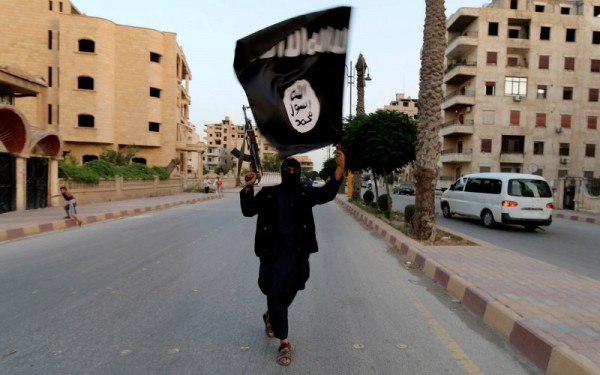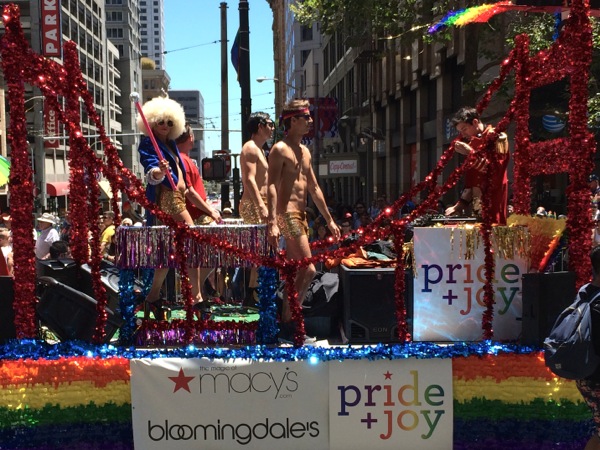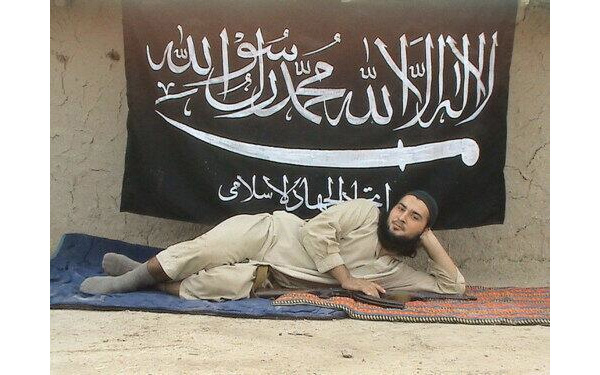Notes
More Questions Over Ethics: Is Reuters Enabling ISIL and are they Working with Sympathizers Again?
Back in March, we and others, including the NYT Lens Blog and the NPPA, questioned the ethics of Reuters using unnamed freelancers in Syria. With the agency relying on photographers who were also sympathizers of the Free Syrian Army, we challenged the authenticity of at least one widely acclaimed photo story (Were the Reuters “Boy in a Syrian Bomb Factory” Photos Staged?) and another series of photos embellished with props as propaganda for the anti-government rebels (The Dysfunctional Guitar: More on the Reuters Syria Photo Controversy). Given the agency’s blanket denial following these allegations and their refusal to consider any bias or compromise in their editorial practices, we voiced concern, also, for future ethical compromises.
We know the wire agency business is extremely competitive. We also know that procuring photographs of insurgent wars, in Syria, for example, and now in Iraq, is so full of risk for photographers, whether Westerners or local professionals, that organizations are having difficulty securing any exclusive content at all. Three months down the road from the questionable images and procurement of those images in Syria, we now see the major news agencies facing the challenge of visually documenting the latest terrorist juggernaut, the Islamic State of Iraq and the Levant, or ISIL.
And once again, Reuters has been coming up with sensational and exclusive imagery that its competitors lack. If there is no shortage of videos and screen grabs of ISIS in action, an organization turning heads not just for military momentum and its cinematic and social media propaganda acumen, Reuters — has been the only outlet — once again, though unnamed stringers, related to the militant’s capture and control of the city of Mosul over the past three weeks — to procure exclusive images.
As I mentioned, nobody has this kind of access. Most of the news agency photos being published of actual ISIS fighters (with a few exceptions stated below) are being pulled from either Twitter sites run by Isis or from jihadi-related Twitter posts. The question is, how is Reuters getting these pictures? And more significantly, has Reuters been enabling ISIL over the past three weeks in exchange for access?
To make the data accessible in one place, we put together the edit above merging the photos from two recent Reuters slideshows on ISIL. Both featured on the Reuters Pictures homepage, meaning both slideshows garnered worldwide attention, many of the photos have also circulated through international media as single images. The first 11 photos were published 6/11/14 in a slideshow titled “ISIL Fighters in Mosul.” The second set of images were published 6/25/14 as part of a slideshow titled “ISIL in Mosul.” (As a technical note, of the first eleven photos from the 6/11 slideshow, three of them (#1, 3, 6) — involving proportionally greater ISIL chest beating — dated June 12th, were apparently added subsequently.)
As you click through the photos or already recognize them from the news web, what’s notable and conspicuous is the way the fighters play to the camera. It’s this feature that characterizes both sets of photos, the unnamed Reuters stringer (or stringers) serving as much like embeds for ISIL relaying these self-conscious and often redundant photos of triumphalism, brand identification and preening to the world.
There are 20 photos in the later set from June 25th (#12 – 31). 19 were new, from Mosul, and the 20th (#31) was republished from the 6/11 slideshow. 10 of those 19 photos are shots of ISIS fighters and 2 are street shots evidencing the town under the ISIS flag. The other seven are taken in a central market. Of the 10 photos of ISIS fighters, only one is clearly candid (#21). The other nine involve posing for the camera and three are clearly triumphalist. In terms of the rest, specifically the photos from the market, the casualness of the images could be read to imply that life in Mosul, after its takeover by this extremely violent group, is business-as-usual (which reportedly isn’t the case).
And how does this imagery, in quantity and content, compare to the competition? Let’s take AP’s ISIS offerings from the same stretch. There is this set from Mosul on 6/16 of a demonstration for the group but they are also taken from a discreet distance. Otherwise, most of the other photos AP has offered of ISIS, such as this one from 6/12, were taken from Twitter feeds or are screen captures from ISIS videos. AP does offer a few photos of ISIS in Mosul — this taken the 23rd, and this one taken June 25th that are similar to the Reuters shots of the fighters moving, even parading in their trucks — but both are taken from a distance so without posing. The AP also has pictures from ISIS in Mosul taken Saturday 6/28. In contrast to the Reuters imagery, however, these are more objective. This one, for example, shows a member of ISIS in a propaganda activity, distributing Korans in the local marketplace.
Though the focus of this post involves Reuters coverage from June 11th through the 25th, I should also note that the pattern continues. Just yesterday, still another ISIL photo surfaced from Reuters, leading their home page “Editor’s Choice” slideshow with the same triumphant pedigree:
This one by the stringer, taken not in Mosul and not even in Iraq, but in the Syrian town of Raqqa, is captioned as follows:
A member loyal to the Islamic State in Iraq and the Levant (ISIL) waves an ISIL flag in Raqqa, Syria June 29, 2014. The offshoot of al Qaeda which has captured swathes of territory in Iraq and Syria has declared itself an Islamic “Caliphate” and called on factions worldwide to pledge their allegiance, a statement posted on jihadist websites said. The group, previously known as the Islamic State in Iraq and the Levant (ISIL), also known as ISIS, has renamed itself “Islamic State” and proclaimed its leader Abu Bakr al-Baghadi as “Caliph” – the head of the state, the statement said.
Again credited to an unnamed stringer, it’s another propaganda-style photo, this time, of a single fighter strutting down the boulevard. With the group having taken the audacious action yesterday of declaring a new Middle East Caliphate under its auspices, the photo (accompanying many high profile articles about the announcement) makes it look like this still largely unknown group has Iraq to itself.
These photos leave a lot of questions unanswered. As stated above, who or from whom is Reuters obtaining these photos? What is the photographer’s relationship to the ISIL group? And, what are the terms or the tradeoff (formally or unspoken) for procuring them? As for the pictures themselves, what are the implications of these photos in terms of the integrity of international news reporting, especially with the controversial imagery Reuters from Syria in mind? And given the power, reach and reputation of a Reuters, what is the political, perceptual and propaganda impact of these photos relative to the goals of this terror group knowing how high they are riding?
Recently, much has been written and documented about the extreme violence of this group. In an interview last week, former NYT reporter Dexter Filkins explained how these men are largely political psychopaths, more interested in killing than in the power they seek or the fundamentalist ideology they espouse. With the fresh wave of refugees, the fear and the hysteria and the blood spilled so far, it’s an extraordinarily serious thing to let your subject drive the coverage, effectively rendering yourself and the Fourth Estate an extension of the rebel’s own marketing arm. As we did before, we have serious concerns about the ethics at Reuters as well as larger questions for the photo media and the practice of photojournalism. Simply, how does one cover this rebel group without enabling them? And, what is the price of media access, and when is it too high?
(Raqqa photo: Reuters/Stringer)



Reactions
Comments Powered by Disqus